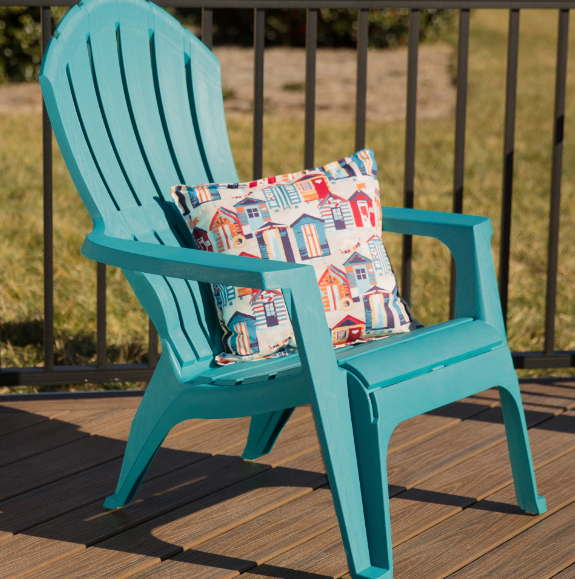Erreur de format d'e-mail
emailCannotEmpty
emailDoesExist
pwdLetterLimtTip
inconsistentPwd
pwdLetterLimtTip
inconsistentPwd


Heavy Duty Plastic Adirondack Chairs: Superior Seating Solutions
Introduction:
When it comes to choosing the perfect Adirondack chair for your outdoor haven, the material plays a pivotal role. In this exploration, we delve into the world of heavy-duty Adirondack chairs made from plastic, examining their distinct advantages over their wood and metal counterparts.
Overview of Material Options:
Understanding the array of materials available for Adirondack chairs is crucial. Wood, metal, and plastic each offer unique characteristics. However, our focus revolves around the exceptional features of heavy-duty plastic Adirondack chairs.
Advantages of Heavy-Duty Plastic:
Durability and longevity:
Heavy-duty plastic Adirondack chairs stand out for their remarkable durability. Unlike wood, they resist the wear and tear inflicted by unpredictable weather, ensuring prolonged longevity. The term "heavy duty" becomes synonymous with enduring performance and reliability.
Resistance to Rot and Insects:
In the realm of wood vs. plastic, the battle against rot and insects tips in favor of plastic. Heavy-duty plastic chairs eliminate concerns about rotting or insect infestation, underscoring their resilience in various environmental conditions.
Weather Resistance:
While wood succumbs to the impact of rain and sunlight, heavy-duty plastic chairs emerge victorious. Their weather-resistant nature ensures that they withstand the harshest conditions, making them a reliable choice for outdoor seating that lives up to the "heavy duty" promise.

Comparison with Wood:
Natural Aesthetics vs. Modern Appeal:
Wooden Adirondack chairs exude a classic charm, but heavy-duty plastic chairs offer a modern aesthetic. The appeal of the latter lies in its contemporary design, which blends seamlessly with diverse outdoor settings.
Maintenance Requirements:
Wood demands meticulous care, painting, and sealing. In contrast, heavy-duty plastic chairs require minimal maintenance, making them a pragmatic choice for those seeking durability without the hassle.
Environmental Impact:
Considering environmental concerns, heavy-duty plastic stands out. Its recyclable nature aligns with eco-friendly initiatives, presenting a sustainable alternative to traditional wood.
Comparison with Metal:
Rust Resistance:
The Achilles' heel of metal chairs is rust, a challenge absent in heavy-duty plastic. These chairs remain pristine and rust-free, emphasizing the "heavy duty" tag in terms of material resilience.
Weight and Portability:
Metal chairs may be robust, but they lack the portability inherent in heavy-duty plastic. The latter provides a lightweight and easily transportable solution for versatile outdoor seating.
Comfort and Temperature Control:
Unlike metal chairs, heavy-duty plastic chairs maintain a comfortable temperature, ensuring a pleasant seating experience even in scorching heat. This consideration adds a layer of comfort to the "heavy duty" narrative.
Cost Considerations:
Initial Cost:
While heavy-duty plastic chairs may have a marginally higher initial cost, the long-term benefits outweigh the upfront investment. The keyword "heavy duty" aligns with the value proposition, emphasizing the durability that justifies the cost.
Long-Term Cost:
Considering maintenance costs and potential replacements, heavy-duty plastic proves economically advantageous. Its resilience reduces long-term expenses, making it a prudent investment.
Conclusion:
In the grand tapestry of Adirondack chair materials, heavy-duty plastic emerges as a beacon of durability, style, and environmental responsibility. The term "heavy duty" goes beyond a mere descriptor, embodying the essence of a material that withstands the test of time and elements. As you embark on your quest for the perfect outdoor seating, let heavy-duty plastic be your steadfast companion, providing comfort, style, and unmatched resilience.
